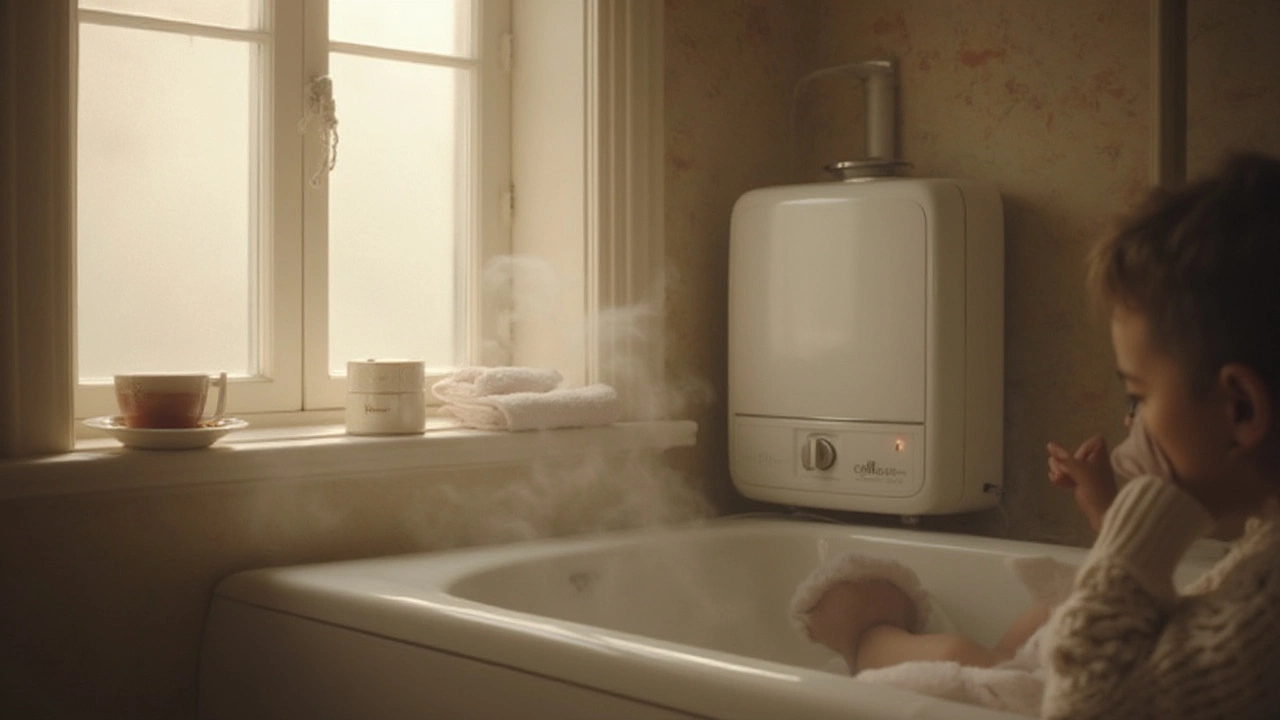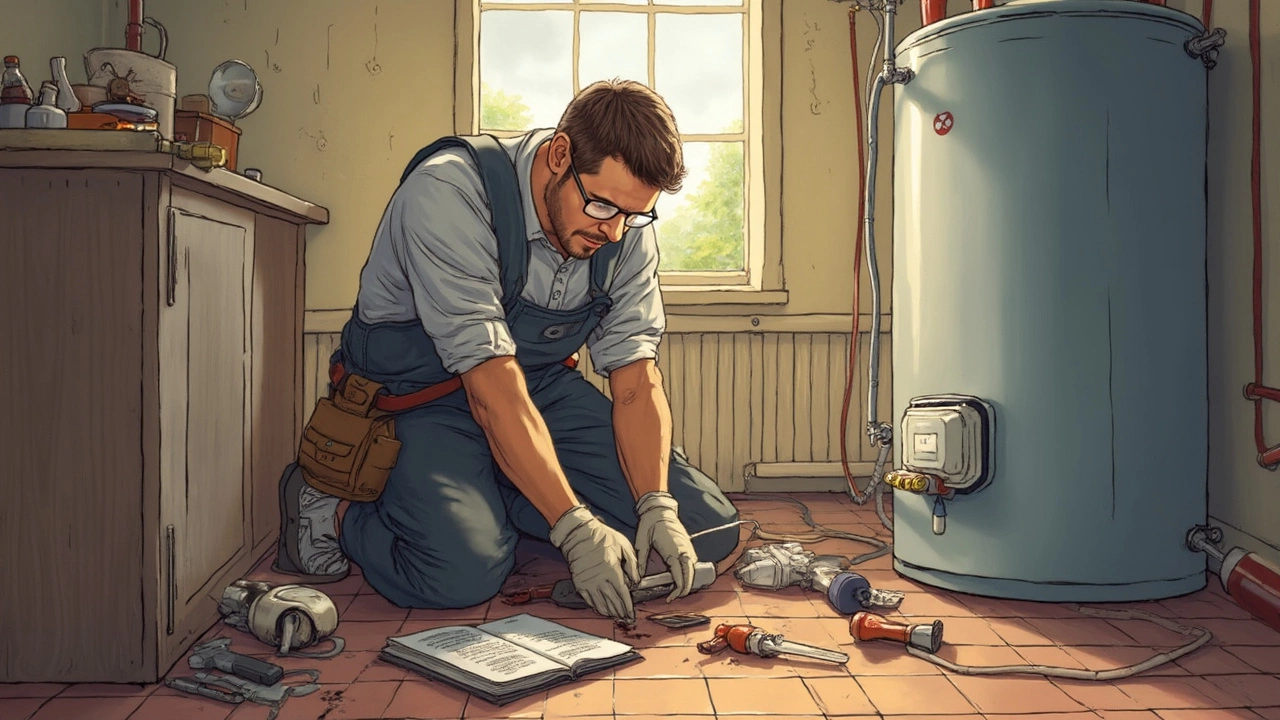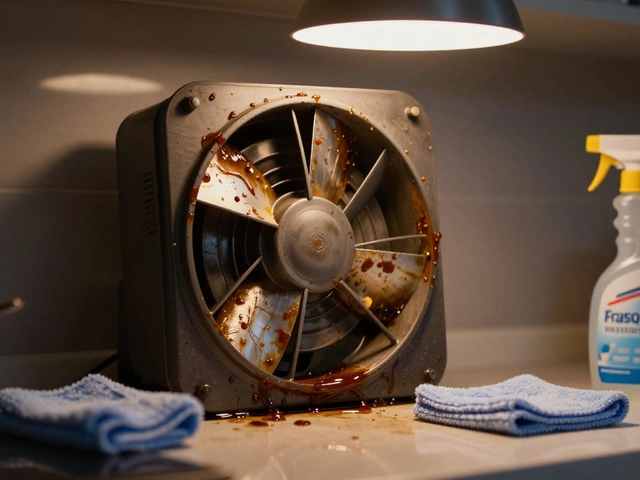Water Heater Maintenance: Simple Steps for Reliable Hot Water
Nothing feels worse than stepping into a cold shower because your water heater quit on you. The good news? Most problems are easy to prevent or fix with a few routine checks. Below you’ll find straight‑forward tips that any homeowner can follow, plus quick guidance on the reset button and warning signs that mean you need a professional.
1. Quick Daily Checks
Start by listening. A humming noise is normal, but loud clanking or clicking usually signals a loose part or a failing element. Also, look at the temperature dial. If the water is scalding hot or barely warm, the thermostat may be off. Adjust it to around 120°F (49°C) – that’s safe for the system and saves energy.
Next, check the pressure‑relief valve. Place a bucket under it, lift the lever, and watch water flow out freely. If you see leaks or the valve won’t close, replace it. A faulty valve can cause water damage and is a common reason for emergency calls.
2. Reset Button Basics
Many water heater models have a reset button on the thermostat or control panel. When the heater trips, you’ll see the button pop out. Pressing it restores power, but you shouldn’t treat it like a permanent fix.
Here’s how long to hold it: press firmly for 3‑5 seconds, then release. If it pops back out immediately, there’s an underlying issue – possibly an overheating element, a broken thermostat, or a limescale build‑up. In that case, turn off the power, let the unit cool, and call a tech.
Repeated resets are a red flag. They often mean the heater is working harder than it should, which can shorten its life. Schedule a service if you find yourself resetting more than once a month.
3. Seasonal Maintenance
Before winter, flush the tank to clear sediment. Sediment acts like an insulator, making the heater work harder and raising your bill. To flush, turn off power or gas, attach a garden hose to the drain valve, and let water run until it’s clear. Close the valve, refill, and turn the heater back on.
Inspection of the anode rod is another key step. The rod prevents rust inside the tank. If it’s more than 50% corroded, replace it. It’s cheap compared to a full tank replacement.
4. When to Call a Pro
If you notice rust leaking from the tank, strange odors, or a sudden drop in water pressure, stop using the heater and contact a repair service. These signs often mean the tank is failing and needs replacement.
Also, if the reset button keeps tripping after a simple cooldown, a licensed technician can test the heating element, thermostat, and wiring safely. Trying to replace electrical parts yourself can be dangerous without proper training.
At Weymouth Appliance Repair Services, we specialize in water heater maintenance and can get your hot water back in minutes. Our technicians know the common reset issues and how to fix them without unnecessary replacements.
5. Keep Your Heater Efficient
Insulate the tank and the first few feet of hot‑water pipes. This cuts heat loss and saves up to 20% on energy bills. A simple blanket and a few pipe sleeves are inexpensive and easy to install.
Finally, set a reminder to check the heater every three months. A quick visual inspection and a test of the reset button keep problems from sneaking up on you. With these habits, you’ll enjoy steady hot water and avoid costly emergency calls.
Ready to give your water heater the care it deserves? Follow these steps, and you’ll extend its life and keep your showers warm all year long.
Essential Water Heater Maintenance Guide - Keep Your Hot Water Flowing
- Alden Wilder
- Sep 23 2025
- 0 Comments
Learn the step‑by‑step tasks, tools, and schedule needed for effective water heater maintenance. Extend lifespan, boost efficiency, and stay safe.
View MoreHow Long Do Water Heaters Last? Lifespan, Facts & Signs for Replacement
- Alden Wilder
- Jul 4 2025
- 0 Comments
Wondering how many years a water heater should last? Learn about average lifespans, signs of trouble, maintenance tricks, and when replacement makes sense.
View MoreWhy Has My Hot Water Stopped Working Suddenly?
- Alden Wilder
- Mar 20 2025
- 0 Comments
When your hot water stops working unexpectedly, it can be a real hassle. It's often caused by a variety of issues like tripped circuit breakers or faulty thermostats. Understanding these common problems can help you troubleshoot effectively. Regular maintenance is key to preventing future disruptions. This article explores practical solutions to get your hot water flowing again.
View MoreHow Much Does It Cost to Replace the Anode Rod in a Water Heater?
- Alden Wilder
- Mar 5 2025
- 0 Comments
Replacing the anode rod in a water heater is a cost-effective way to prolong its life and improve performance. Typical replacements range from $20 to $50 for DIY projects, though professional services may charge up to $200. Knowledge about the type and frequency of replacement can save homeowners from costly repairs. This article delves into cost factors, replacement tips, and why keeping an eye on the anode rod is vital for water heater health.
View More



